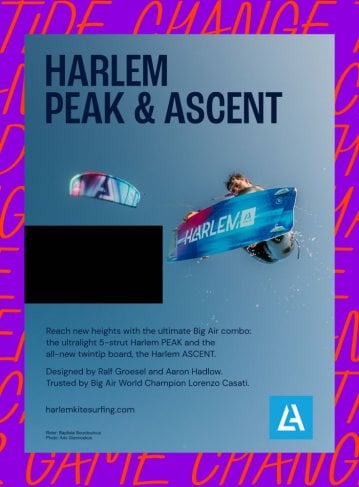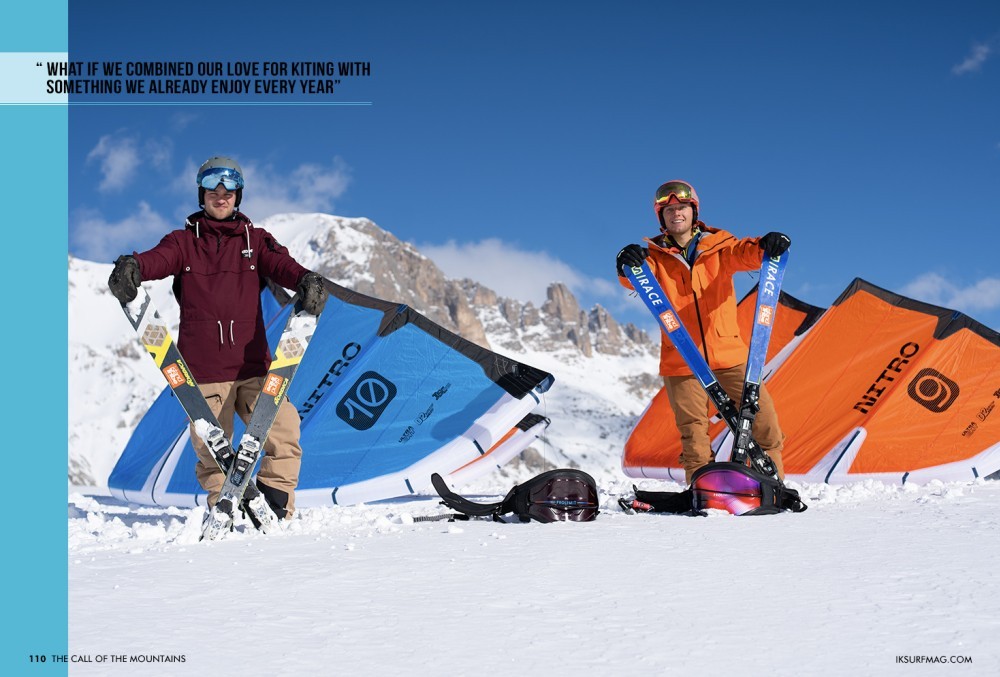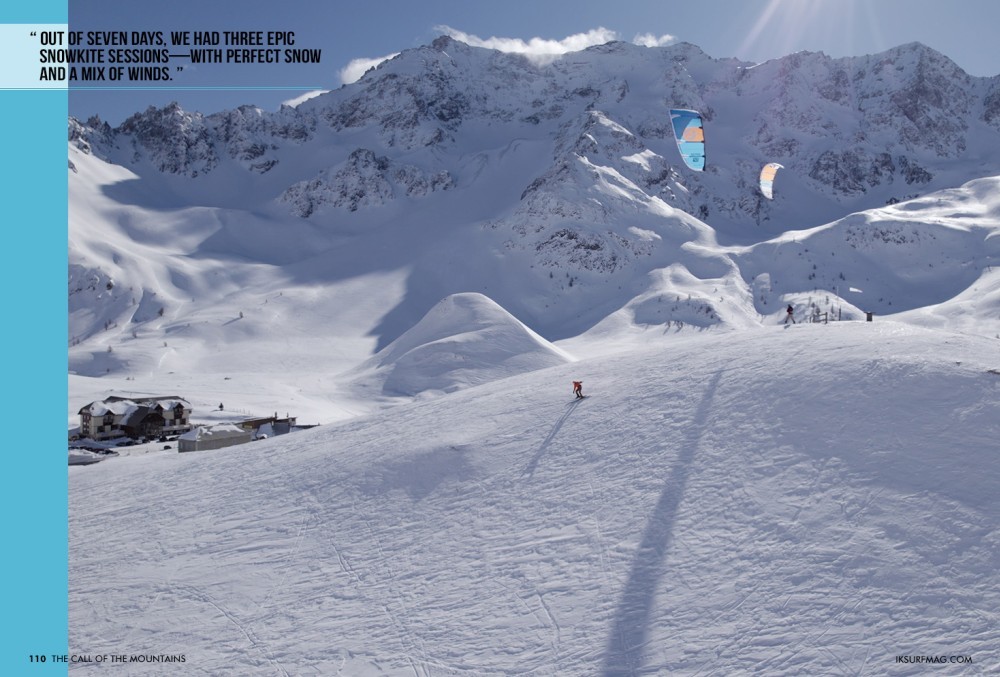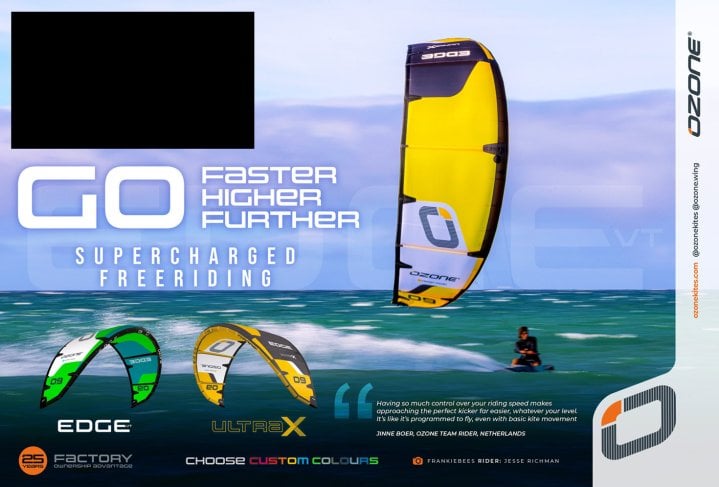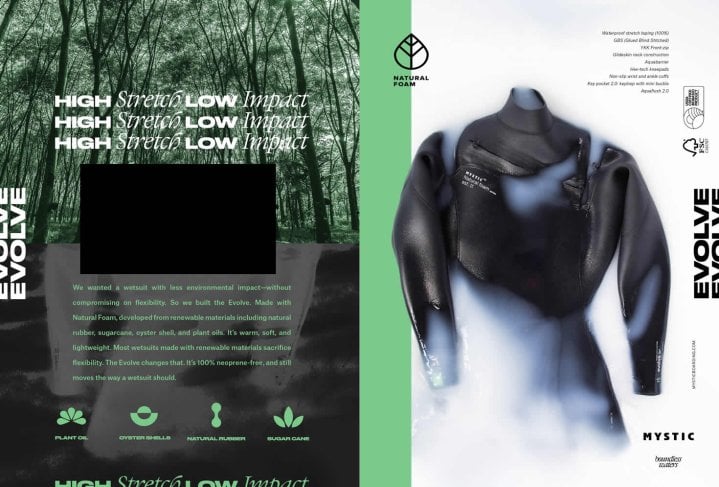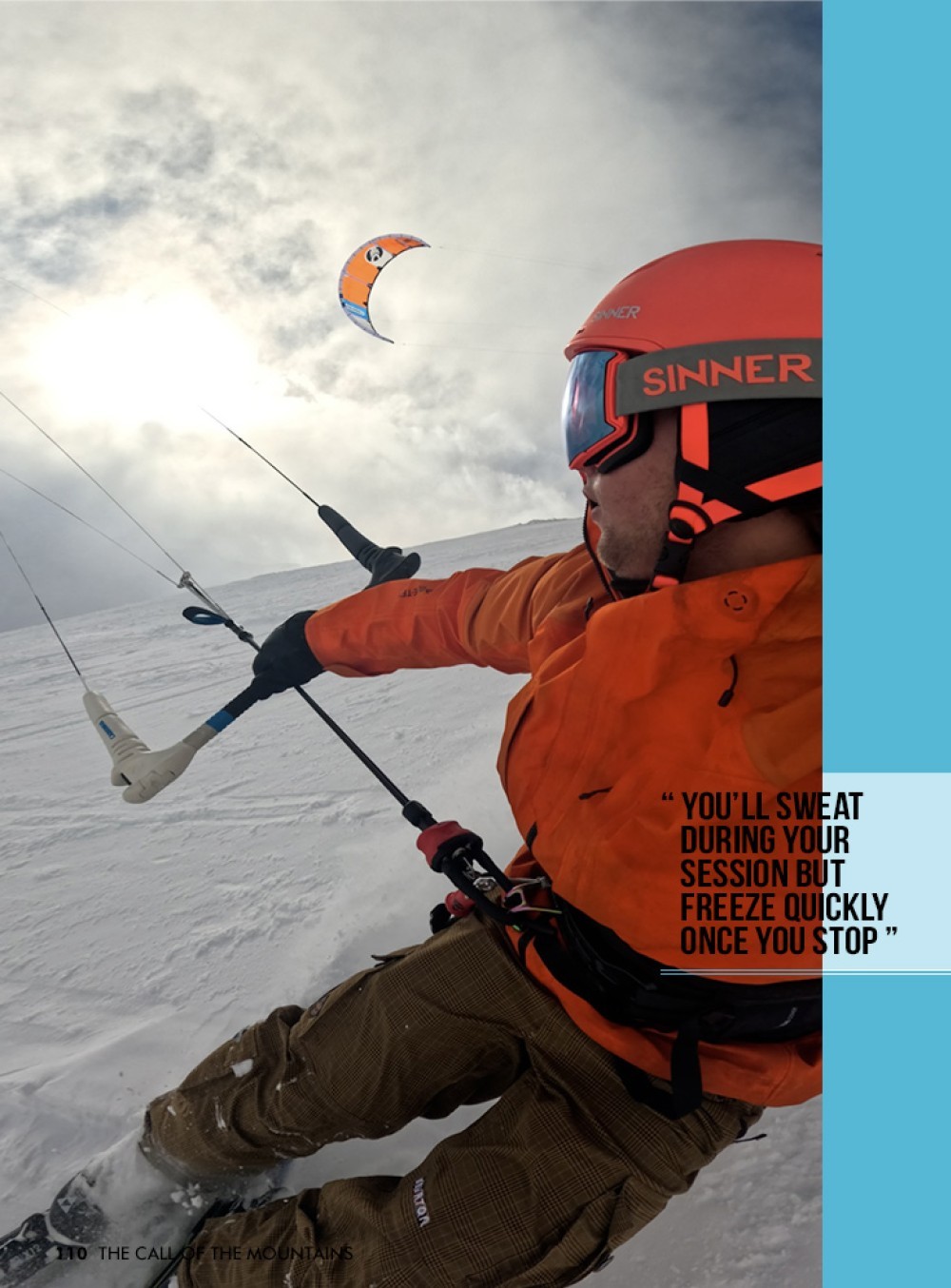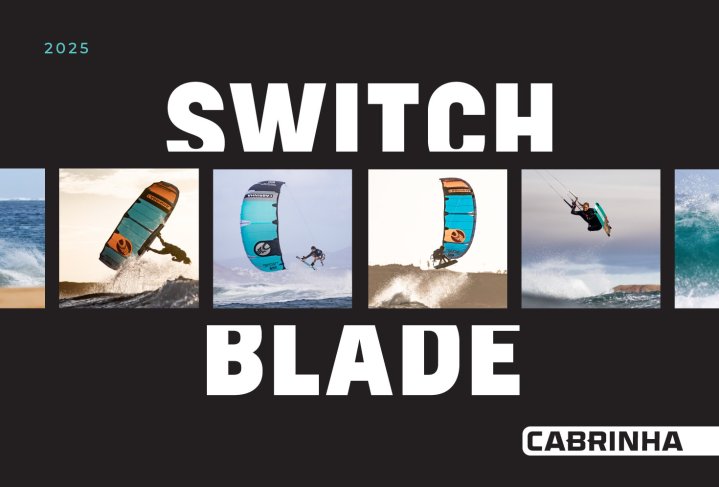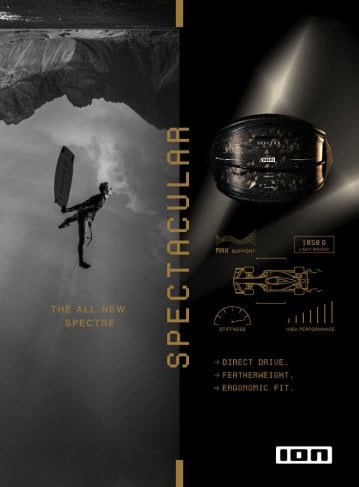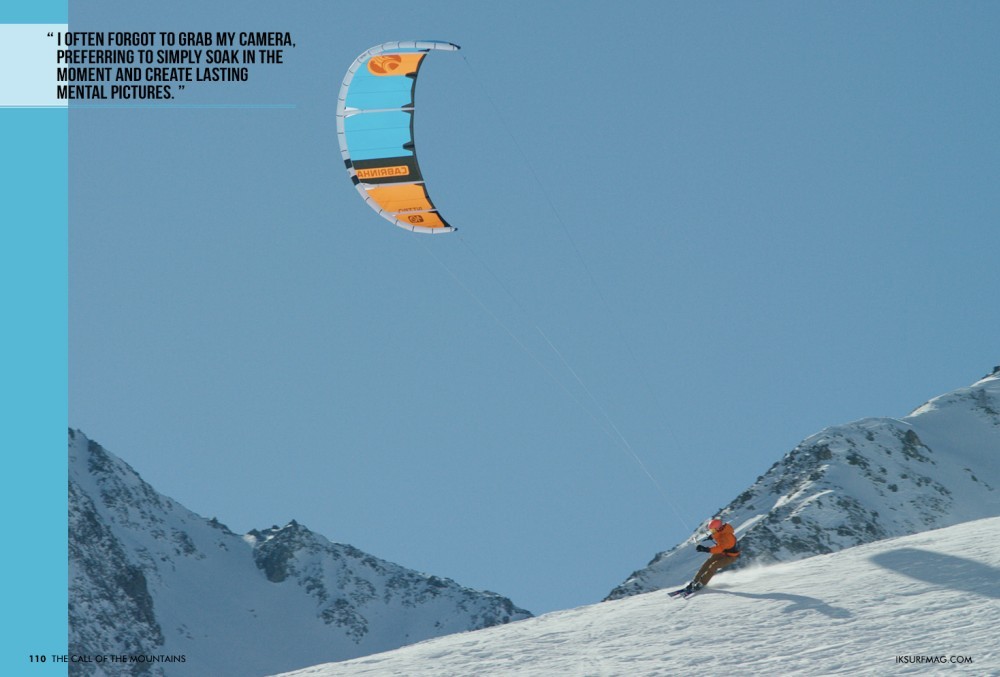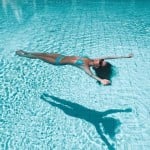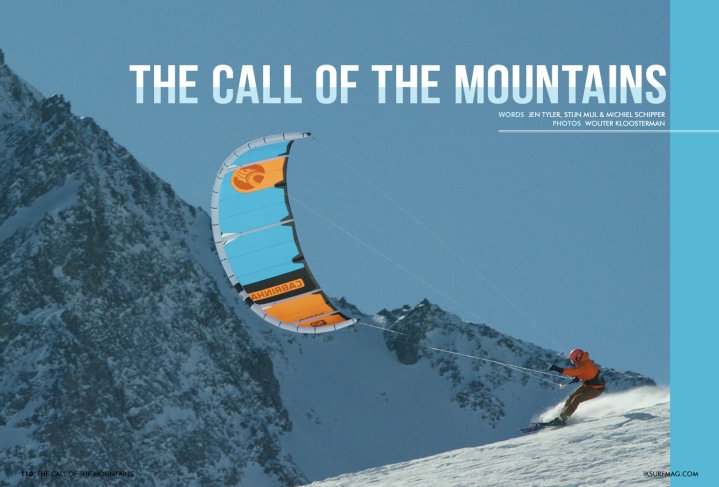
The Call of the Mountains
Issue 110 / Wed 16th Apr, 2025
Stijn Mul and Michiel Schipper traded their board shorts for snow pants and took their kitesurfing skills to the mountains. Find out about their latest SpaceX Kitesurfing adventure in the Col du Lautaret in the latest issue of IKSURFMAG!
Hi Stijn! We just watched your latest snowkite video and can’t wait to hear all about it! What inspired you and Michiel to take your kitesurfing adventure to the snow this winter?
Hi Jen! One day, Michiel and I were scrolling through Instagram, looking at the usual content—blue water, beaches, impressive tricks. It all looked amazing but also kind of repetitive. That’s when we decided to finally do something different. For years, we’d talked about doing a snowkite trip, and we made it happen this winter. We thought, “What if we combined our love for kiting with something we already enjoy every year—skiing and snowboarding?” It also made us wonder: Is the kitesurfing community overlooking the world of snowkiting? It was time to find out.
Had you tried snowkiting before this trip?
My first snowkiting experience was back in 2017 at the Wasserkuppe in Germany, during a family trip with Kitefeel from Schellinkhout. We only had one windy day, and the weather was super foggy. Ever since then, I’ve been itching to give it another proper go.
How did you choose the location for your snowkite adventure, and who joined you on the trip?
After chatting with a few experienced kiters, we settled on Col du Lautaret in France—a stunning mountain pass with a wide open plateau and wind from all directions. We made a plan, secured some sponsors, and, through a friend, found a great place to stay in the Alps.
Michiel and I are team riders for SpaceX Kitesurfing, and Wouter came along to ride and film the whole trip. We packed kites from 6 to 15 meters and ensured everything was ready!
What were the conditions like, and how did mountain snowkiting stack up against regular kiting?
This time, we hit the jackpot! Out of seven days, we had three epic snowkite sessions—with perfect snow and a mix of winds. It had just dumped fresh snow before and during our stay, so conditions were insane. It was our first real snowkite trip to the mountains, and we quickly realised how different it is from regular kiting. From the gear setup to how you ride, it’s a whole new experience.
How did your setup compare to what the local riders were using?
One big lesson we learned: setting up takes way more effort when you’re standing in 40 cm of powder, wearing heavy ski boots and five layers of clothing!
We noticed we were the only ones using inflatable tube kites—everyone else had single-skin FLYSURFERs. Inflatable tube kites are easier to launch and can be left rigged for hours, and our Cabrinha gear worked just fine. We had a blast. We were definitely the newbies on the mountain, so our approach was simple: follow the locals, send it, and enjoy the ride.
Why did you switch to skis instead of snowboards for this trip, and how did that change your experience?
Skis just make more sense in the mountains—especially with gusty wind. They help with balance and let you move in light wind more easily.
One day, we used a 10m Cabrinha Nitro at just 10 knots and still managed to ride uphill and race down again. As we gained confidence, we started climbing higher and going for jumps. Some of them were massive—maybe 40 meters high. It was terrifying, but totally exhilarating! Wouter caught one of the biggest jumps on camera, and after that, we decided to tone it down a bit! The white surface made it hard to judge height, and I misjudged a few downloops—but luckily, nothing serious happened.
What were some of the biggest challenges you faced during the trip, especially with changing mountain conditions?
Reading the conditions was definitely the toughest part. When it snowed, visibility was terrible, so we went skiing instead. On clear days, the wind could shift direction or disappear in a flash.
On our final day, the forecast said 50 knots up at the pass, so we stayed low in the valley—we still got gusts of 12 to 35 knots! Later, we went back up and rode in just 10 knots. The forecasts were all over the place. It was definitely true mountain weather—unpredictable but amazing when it worked.
What advice would you give someone thinking about trying snowkiting for the first time?
- Make sure you can already ski or snowboard—it’s essential for control and safety.
- Wear proper winter gear. You’ll sweat during your session but freeze quickly once you stop.
- A seat harness is more comfortable for long sessions on snow.
- Don’t go too big with your kite. Our 10m was ideal, even in light wind.
- And if the wind drops? Ski downhill and pull your back lines—you might still get a reverse launch!
- What surprised you most about the snowkiting experience that you didn’t expect going in?
Mountains are undeniably beautiful, but standing alone on a snow-covered peak with a kite flying overhead, surrounded by complete silence, was truly special.
With no ski lifts, crowds, or noise, it was just me and my kite, giving me a fresh perspective. I often forgot to grab my camera, preferring to simply soak in the moment and create lasting mental pictures.
Where’s the next snowkite adventure taking you?
Snowkiting under the Northern Lights. That would be next-level!
Do you think snowkiting should become a bigger part of the kitesurfing scene? What could help it grow?
It has huge potential but is also more dangerous than regular kiting. In the mountains, one crash can hit a lot harder than on water.
It’ll probably grow slowly—and that’s a good thing. Safety is key. We even saw a super-experienced snowkiter crash hard. Unless there’s deep powder, there’s not much of a cushion
Amazing, thanks Stijn!
Thanks Jen!
Videos
By Jen Tyler
Italian/Egyptian Jen Tyler grew up on the sandy beaches of the Red Sea and has been on the IKSURFMAG & Tonic Mag team since 2017.


